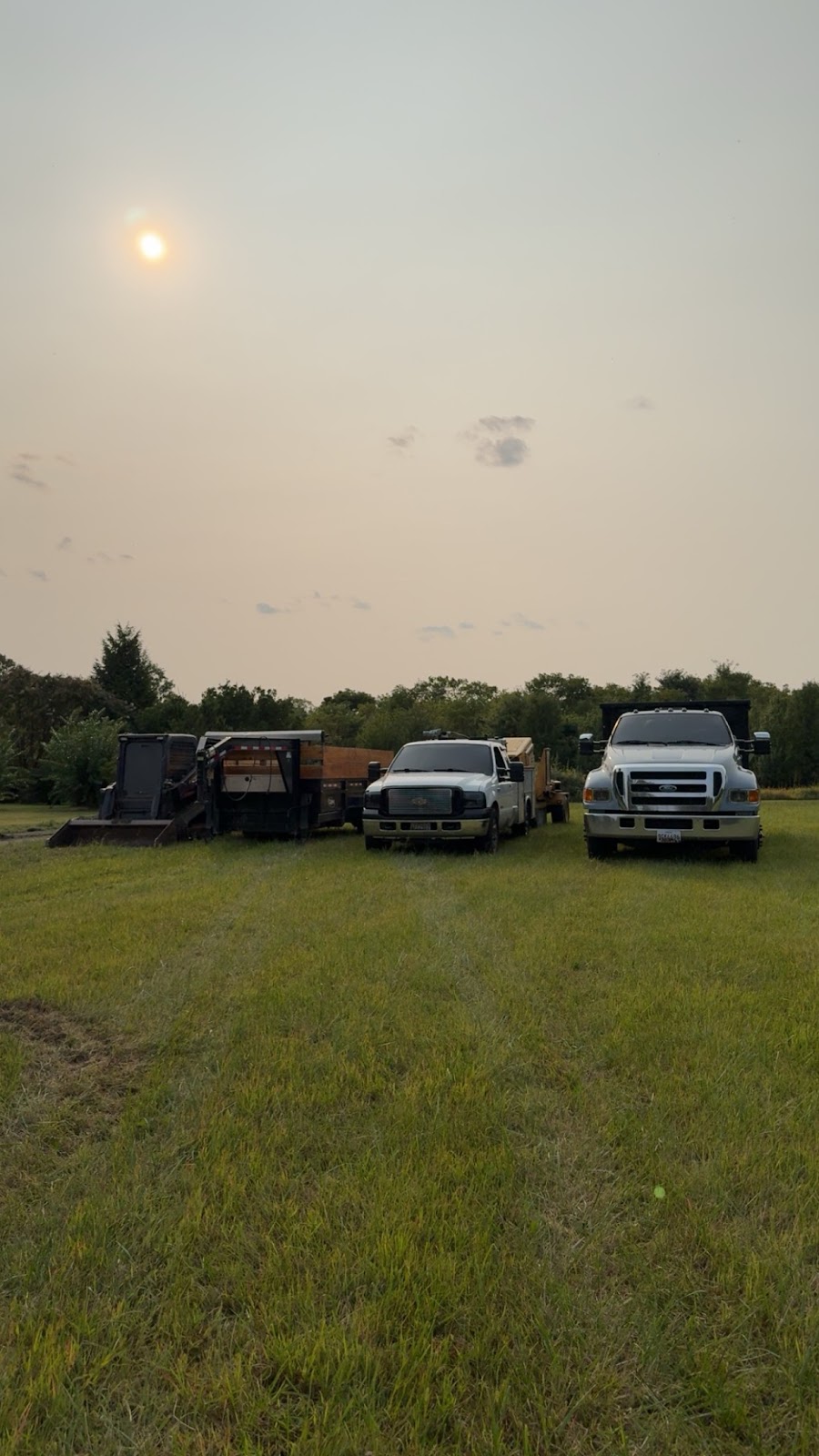
Seasonal Landscaping Tips to Keep Your Garden Vibrant Year-Round Aug 03, 2025
Understanding seasonal changes is crucial for effective landscaping. In spring, your garden awakens with new growth. This is the perfect time to aerate your lawn, as it helps with root development, and apply a slow-release fertilizer to support emerging plants. It's also a good time to get ahead of any weeds that may start to appear. By applying a pre-emergent herbicide, you can prevent weeds from taking over your lawn before they start.
Summer requires a shift in focus to maintaining moisture levels. During hotter months, ensure that your garden has an efficient watering system in place. Drip irrigation or soaker hoses are ideal to provide deep watering, minimizing evaporation while conserving water. Mulching is another excellent technique. Adding a layer of mulch around plants retains soil moisture, reduces weed growth, and keeps roots cool. Remember, it’s essential to mow your lawn frequently but without cutting it too short, as longer grass blades provide shade for the roots, reducing water loss.
As fall approaches, your garden prepares to wind down. This season is ideal for lawn care activities such as overseeding to repair bare patches and applying a fall fertilizer to strengthen grass roots over the winter months. It's also the right time to clean up dead foliage and fallen leaves. Keeping your garden tidy reduces the likelihood of diseases and insects overwintering, which can wreak havoc come spring.
Winter doesn't mean forgetting about your garden. Instead, use this downtime to prune trees and shrubs. Pruning during the dormant season prevents the spread of disease and encourages healthy new growth in spring. It’s also crucial to protect your plants from cold weather damage by using burlap or frost cloths to shield sensitive plants. Clearing snow from branches prevents breakage, preserving the overall structure of your plants.
Besides these seasonal to-dos, regular garden maintenance is necessary to keep your garden looking its best. Continuous monitoring for pests and disease, combined with regular clean-ups, ensures your garden thrives. Additionally, planning and rotating your plantings each year can enhance the variety and resilience of your garden area.
In conclusion, landscaping with the seasons is more than maintaining appearances—it's about creating an adaptable outdoor space that thrives despite changing conditions. The experts at Pleasant Valley Land Management are always here to help you achieve a truly dynamic landscape. By understanding the needs of your plants and implementing the right care techniques at the right times, you can enjoy a vibrant, beautiful garden all year round. Implement these seasonal landscaping tips, and watch your garden flourish no matter the time of year.
This approach to seasonal landscaping not only enhances curb appeal but also supports the health and longevity of your outdoor spaces. Whether you're tackling the job yourself or enlisting professional help, these tips will leverage nature’s cycles to the fullest.
/filters:no_upscale()/media/671ac51a-d63a-4779-90fa-7bf4b209a8c6.jpeg)
/filters:no_upscale()/filters:format(webp)/media/ed7ee32a-cd43-4f7e-be18-0eeea69695f3.jpeg)